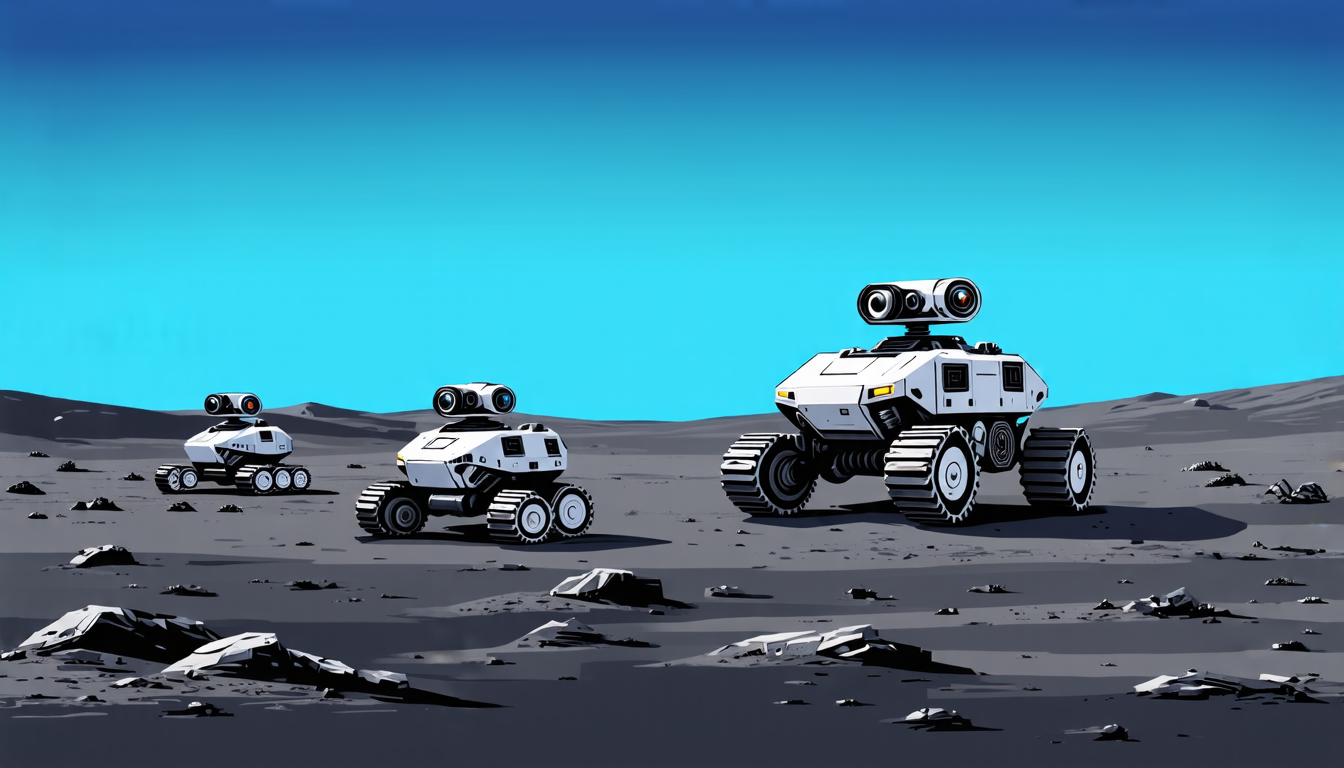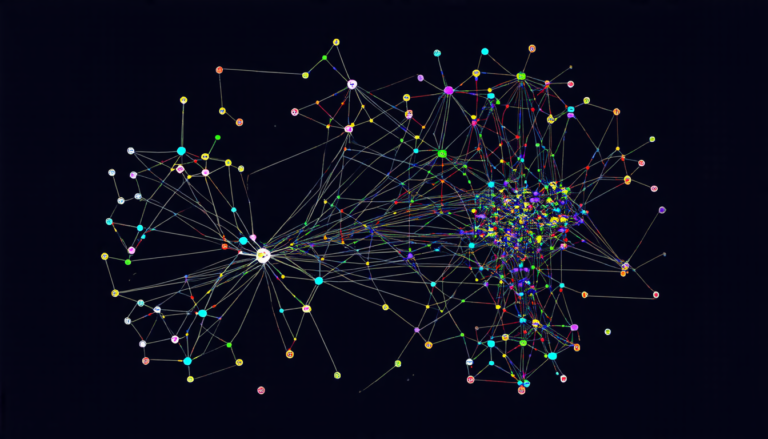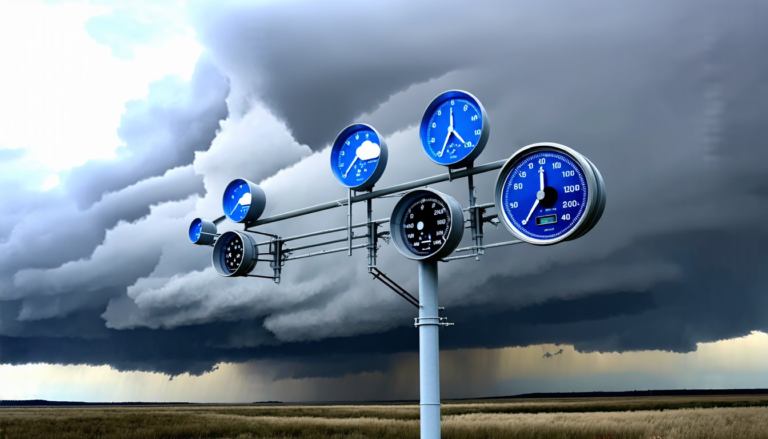Friday 02 May 2025
Scientists have made a significant breakthrough in developing an algorithm that can optimize the movement of rover formations on the lunar surface, allowing for more efficient exploration and collection of data. The new approach combines two previously separate fields of research: consensus-based optimization and multi-objective optimization.
The goal is to create a system where multiple rovers work together to explore the lunar terrain, while also maximizing their efficiency in collecting data and minimizing their energy consumption. To achieve this, researchers used a mathematical model that represents the rovers as nodes on a graph, with each node interacting with its neighbors through a set of rules.
The algorithm is designed to optimize two conflicting objectives: consensus, which ensures that all rovers move in the same direction and maintain a stable formation, and exploration, which encourages rovers to spread out and cover more ground. The algorithm uses a combination of weighted-sum optimization and penalty functions to balance these competing goals.
In simulations, the algorithm was tested with different numbers of rovers and varying terrain conditions. Results showed that the optimized rover formations were able to efficiently explore large areas of the lunar surface while maintaining a stable consensus among the rovers.
One of the key benefits of this approach is its ability to adapt to changing circumstances on the lunar surface. For example, if a rover encounters an obstacle or experiences a malfunction, the algorithm can adjust the formation’s movement patterns in real-time to compensate for the disruption.
The implications of this research are significant, as it could enable more efficient and effective exploration of the lunar surface and potentially other celestial bodies. The ability to collect data and perform scientific experiments over larger areas could lead to new discoveries and a deeper understanding of the moon and its geology.
In addition to its potential applications in space exploration, this algorithm could also be used in other fields such as robotics, autonomous vehicles, and search and rescue operations. By optimizing the movement of multiple agents while balancing competing objectives, the algorithm has the potential to improve performance and efficiency in a wide range of applications.
Overall, this research represents an important step forward in the development of autonomous systems that can operate effectively in complex environments. As scientists continue to push the boundaries of what is possible with robotics and artificial intelligence, it will be exciting to see how this technology evolves and is applied in the future.
Cite this article: “Optimizing Lunar Rover Formations for Efficient Exploration”, The Science Archive, 2025.
Rover Formations, Lunar Surface, Optimization Algorithm, Consensus-Based, Multi-Objective Optimization, Robotic Systems, Autonomous Vehicles, Search And Rescue Operations, Space Exploration, Artificial Intelligence







